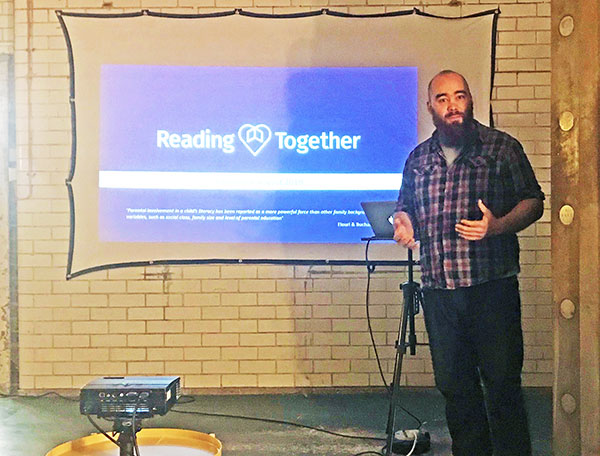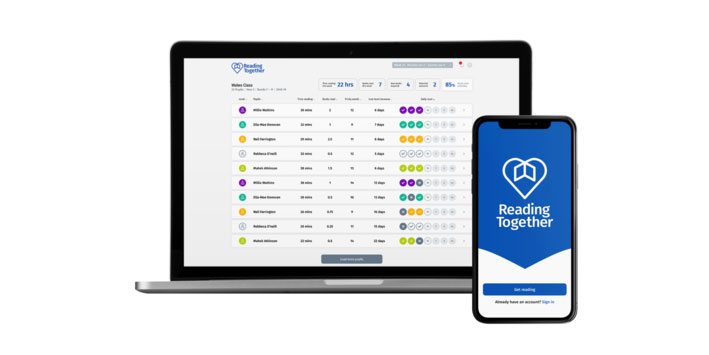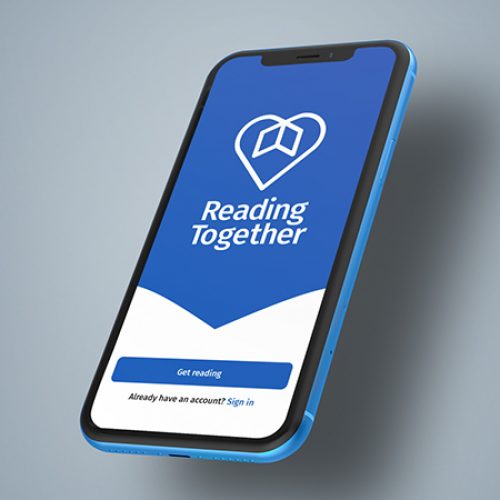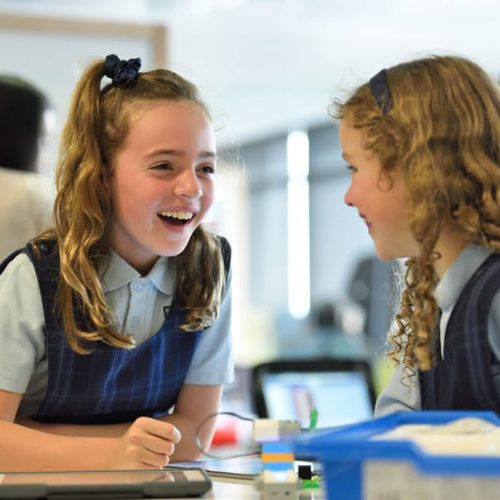For most educated adults and older children, reading is seen as a hobby or something they do in their day-to-day lives, at school and at work, without much thought. However, a surprising number of of the UK’s population struggle through their lives with poor literacy skills, impacting not only their future success but that of wider society.
Statistics show that 70% of pupils permanently excluded from school have difficulties in basic literacy skills and 25% of young offenders are said to have reading skills below those of the average seven-year-old.
In the workplace, those with poor literacy earn 16% less than those with a passable level of reading and comprehension. (Head to the National Literacy Trust website for full statistics).
The perfect storm
For parent, teacher and Reading Together founder Tom Smart, learning these facts was just one element of the perfect storm that led him to take action for positive change.
By age 11 the challenges of being unable to read are vast and impact on every aspect of a child’s educational journey
“It all started after I’d been working as a secondary school teacher for some time”, Tom tells us.
“It was incredibly evident on a day-to-day basis the challenges many students face with literacy. I taught science, and many children were coming to my lessons as 11-year-olds struggling to comprehend basic sentences, let alone concepts (and spellings) like photosynthesis!
“Every teacher is a teacher of literacy but by age 11 the challenges are vast and impact on every aspect of their educational journey. I realised it needed to be dealt with far younger.”
As a parent, Tom saw the challenges of the learning to read process in his own seven-year-old step-son too. Despite being a trained teacher he struggled to find the appropriate parental tools to help his son when he got stuck.
“It made me think, if I feel like this how must other people feel? And doesn’t that frustration instantly devalue the reading process at home?”, he says.
Connecting the dots
The problem is, the current method of linking teachers with parents when it comes to reading is ineffective. With current outdated tools, most commonly the reading logbook, parents can end up feeling disconnected from the learn-to-read process and less able to take the reins on their child’s progress.
Yet having parents who are fully engaged and knowledgable about the learn-to-read process for their child is essential for their success and for their teachers to have a clear view of the areas they’re best placed to fill the gaps.
Reading is the single biggest enabler in the world
Instead, Tom’s initial research revealed that most primary school teachers and assistants are spending upwards of an hour every day going through a class of, often over thirty, logbooks. Precious time that could be used to help children who are lagging behind on their reading.
“It would be easy and incredibly unfair to simply blame schools for children being behind on their reading”, Tom says. “They are continually under extreme pressure and do the best job they can on a limited budget.
“I firmly believe that in 2019 there needs to be a more effective way for teachers and parents to guide kids in the right direction, in particular with regards to their reading.
“Reading is the single biggest enabler in the world and yet, according to the National Literacy Trust, adults in the UK are no more literate than our grandparents. We are the only country in the developed world where that is the case, so it needs improving. We need to be Reading Together.”
A digital solution
With just his own savings and a whole lot of passion and determination, Tom decided to build a digital solution to help solve the huge problem of poor literacy in the UK in the form of an app for parents and platform for teachers.
Having thoroughly researched the problem, including interviewing teachers and schools around the country, Tom came to Simpleweb in July 2019 looking to build a brand for his startup that would enable him to attract schools and investors into supporting and funding the app’s build and development.
- Find out more: Strategic logo design: the startup guide
He knew he needed to solve problems for three sets of users – schools, teachers and parents. His idea was an app for parents to easily log their child’s reading (or lack thereof) and access support and tools to help them to teach their children at home.
With each child using the current logbooks going through up to ten per child per year, the Reading Together app is also predicted to save schools hundreds of pounds every year that can be spent on things like books and teacher support instead.
Last but not least, the app will allow teachers to instantly see which children are on target with their reading and which are not, and spares them up to five hours of admin time each week to spend on helping them to catch up.
School trials
Tom’s brand and pitch strategy paid off and in August 2019 he was able to secure enough private investment to have our team build the Reading Together MVP which is due to be trialled with schools starting this month.
But this is just the beginning, as Tom explains: “Like the first draft of a book, our MVP is not the finished article.
“It will allow us to work with schools and their parents to improve the product and devise a solution that works for all parties.
“We’re starting a trial in one school on Monday 16th September. The interest in the product has been high however, so once we are confident in the product from a technical perspective this is set to expand quickly into another two schools following November half term.
“By this point the model should be refined enough to fully commit to a commercially viable model and begin selling into schools by April 2020.”
If your school is interested in trying out the Reading Together app and platform, they can contact Tom via the Reading Together website. In the meantime, stay tuned to the Simpleweb blog to find out more about the app’s features and how it works in action.
If you’d like to discuss your startup or project, get in touch with Simpleweb today.





